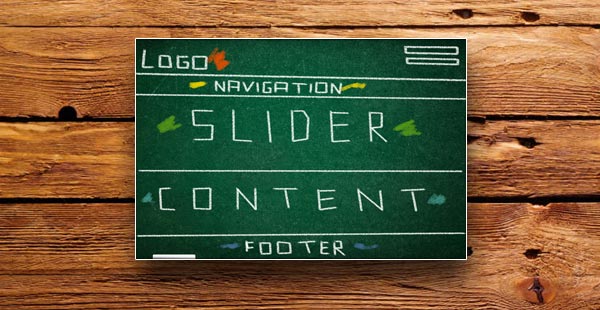Sliders, or carousels, are frequently used in webpage design today. They are especially popular for use on website homepages. These slideshows may include images, textual content and/or videos. They may auto-scroll or enable site users to scroll manually through this web content.
Placed at the top of webpages, sliders are typically powered by JavaScript and auto-advance at preset intervals. Yet there are various slider designs as popular website features. E-commerce companies and stores make use of sliders to display the products and customised designs that they sell.
Advantages of Using Sliders in Website Design
There are both pros and cons to making use of sliders in your webpage design today, including the following:
Pros
- Greater Amounts of Content within Less Space. When you use sliders in webpage content, specific parts of your content are visible at different times. This enables you to include quite a lot of content in a small webpage space. Your slider makes it possible for you to present a visual overview of new or featured products without requiring site visitors to scroll down the page.
- Layered Images and Text Minus Image Manipulation or Code. Sliders enable you to layer images and text without the need for writing code or for image manipulation. Prior to the availability of slider plugins, this layering process could only be accomplished with the use of image manipulation or code, or both. A quality plugin can perform both image and text changes and coding procedures for you.
- Engaging Interactive Content. Well-designed sliders let your site visitors control their visual experience when viewing your products. With the use of limited scrolling or forward and back tabs, they can see and revisit all views of your featured items or services. This interactive functionality attracts and captures the attention of your target audience and casual site visitors.
Cons
- Few Sliders Are Reliably Responsive. Unfortunately, many slider plugins simply scale each of your slides to fit the screen width. In most instances, this makes the slide much too small to view accurately on a mobile device. Yet there are some slider plugins, such as Soliloquy, with the configuration capacity to have a good response to various image sizes. Just allow some time to master the learning curve for best results.
- Site Visitors May View Only a Couple of Slides. The majority of your website visitors will take time to view only one or two of your slides. Most people simply do not linger on a website for very long.
- Most Sliders Have Slow Loading Speeds. Actually, sliders are not slow-loading. In fact, they often move rapidly, advancing to the next slide too quickly. Yet they can slow down the loading speed of your web pages. This is because sliders are often created using high calibre, large images along with large JavaScript files. Try compressing your images to 1MB or less and minifying the JavaScript files on your web pages to speed up site loading time.
Include a slider on your website to tell an engaging story. One of the most effective types of communication today is storytelling. It can attract and capture the rapt attention and keen interest of your target audience and site visitors, resulting in higher conversion rates for your business.
Only include sliders on your web pages when there is a good reason for doing so. Each design element on your pages should have a definite purpose and benefit. By using sliders when they can effectively improve your website design, optimisation, SERPs and business success, you


